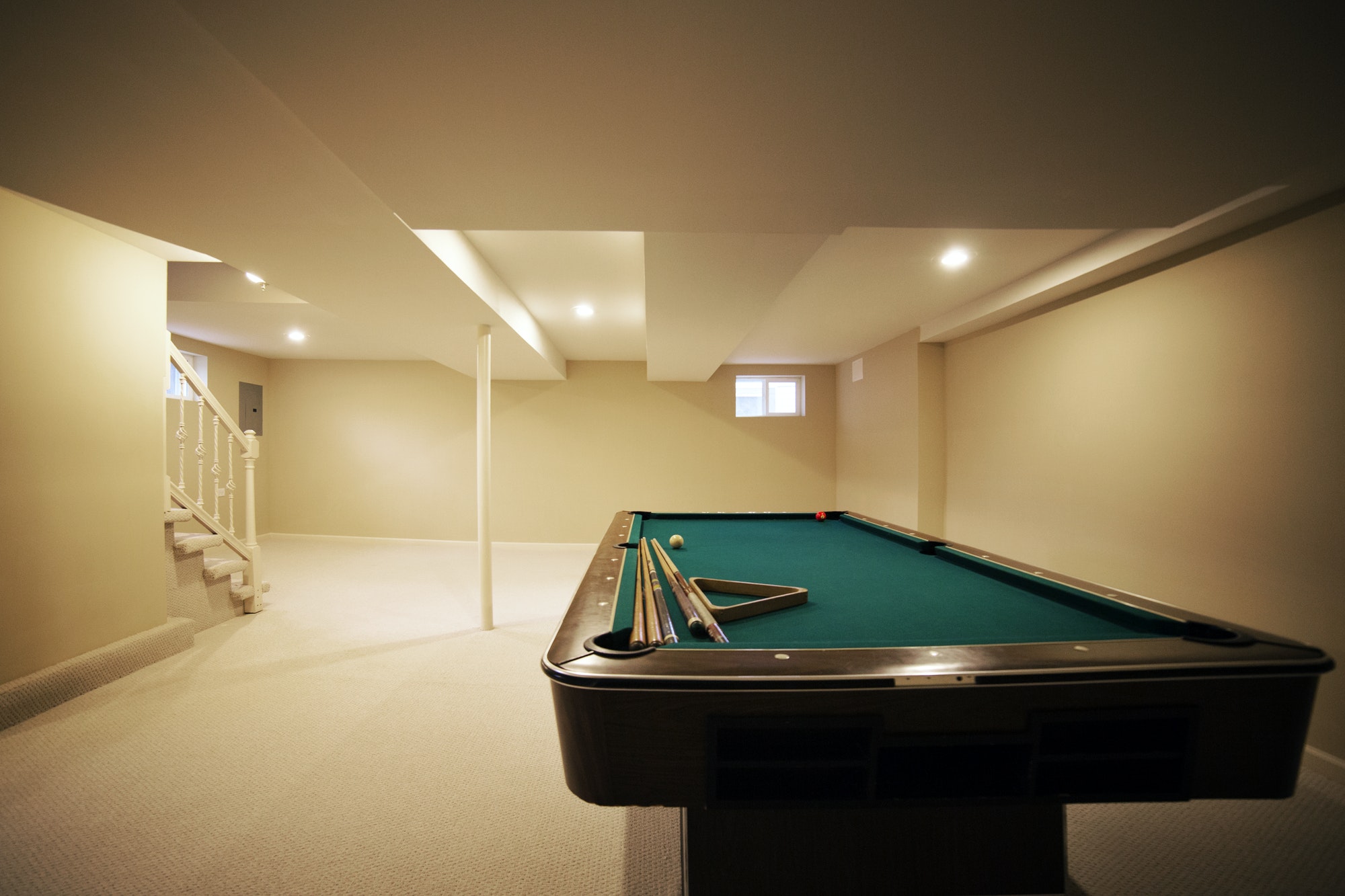Electricity is the lifeblood of our modern world, powering everything from our smartphones to our homes. However, this essential force can also be a silent danger lurking in our walls and appliances. When mishandled, electricity can lead to shocks, fires, and even fatal accidents.
From simple oversights to major blunders, electrical mistakes come in all shapes and sizes. Whether you’re a DIY enthusiast or a professional electrician, being aware of these potential hazards is crucial for staying safe around electricity. After all, knowledge is power – especially when it comes to electrical safety!
Let’s shed some light on 65 electrical mistakes that could really zap your day! But don’t worry, we’ll try to keep things positive – after all, we don’t want this article to be too shocking.
To help you understand the varying levels of danger associated with different electrical mistakes, we’ve categorized them into four levels of risk. This classification can help you prioritize safety measures and understand the potential consequences of various electrical errors. Let’s take a look at examples of mistakes for each danger level:
| Dangerous Level | Example of Mistake | Danger Rating |
|---|---|---|
| Extremely High | Working on live electrical panels without proper safety equipment |      |
| High | Overloading circuits by plugging too many high-wattage devices into one outlet |     |
| Moderate | Using the wrong gauge of wire for an electrical installation |    |
| Low | Forgetting to label circuit breakers in the electrical panel |  |
Recent research from the Electrical Safety Foundation International (ESFI) reveals some eye-opening statistics. In 2020, there were 126 electrical fatalities in the workplace, with the construction industry accounting for 44% of these deaths. Additionally, there were 2,220 non-fatal electrical injuries involving days away from work. These numbers highlight the ongoing need for electrical safety awareness and education.
Now, let’s get to the meat of the matter – or should we say, the juice of the circuit? Here are 65 electrical mistakes that can be dangerous:
- Overloading circuits (
)
This occurs when too many devices are plugged into a single circuit, potentially causing overheating and fires. - Using incorrect wiring (
)
Using the wrong type or gauge of wire can lead to overheating and electrical fires. - Ignoring local electrical codes (
)
Failing to follow local regulations can result in unsafe installations and legal issues. - Failing to install GFCI outlets outdoors (
)
Ground Fault Circuit Interrupters are crucial for preventing shocks in wet areas. - Neglecting to replace old or frayed wiring (
)
Worn-out wiring is a major fire hazard and should be replaced promptly. - Improperly connecting light fixtures (
)
Poor connections can lead to short circuits and potential fires. - Installing too many devices on one circuit (
)
This can overload the circuit, causing tripped breakers or electrical fires. - Ignoring signs of electrical issues (
)
Flickering lights or buzzing sounds could indicate serious problems that need attention. - Failing to secure loose wires (
)
Loose connections can cause arcing, leading to fires or shocks. - DIY repairs without proper knowledge (
)
Attempting complex electrical work without expertise can be extremely dangerous. - Using non-rated extension cords (
)
Cords not rated for their intended use can overheat and cause fires. - Inadequate grounding (
)
Proper grounding is essential for preventing shocks and protecting equipment. - Not checking for voltage before touching wires (
)
Always verify that wires are not live before handling them. - Damaging electrical cords without knowing (
)
Even small nicks in cords can expose live wires, creating shock hazards. - Improperly sized circuit breakers (
)
Using the wrong size breaker can fail to protect against overloads.
- Not using weatherproof fixtures outdoors (
)
Regular fixtures can short out when exposed to rain or moisture. - Failing to cap unused wires (
)
Exposed wire ends can cause shocks or short circuits if accidentally touched. - Ignoring overloaded power strips (
)
Power strips are not designed to handle high-power devices like space heaters. - Forgetting to turn off power before repairs (
)
Always shut off the main power before working on electrical systems. - Using light bulbs with incorrect wattage (
)
Bulbs that are too powerful for a fixture can overheat and cause fires. - Connecting new devices without checking circuit limits (
)
Adding high-power devices to existing circuits can cause overloads. - Failing to call professionals for complex fixes (
)
Some electrical issues are too dangerous for DIY attempts. - Leaving electrical tools lying around (
)
Unsupervised tools can be a hazard, especially around children. - Running wires through door frames or walls without protection (
)
Unprotected wires can be damaged, leading to short circuits or fires. - Not labeling circuit breakers (
)
Proper labeling ensures quick power shutoff in emergencies. - Weather-related damages causing short circuits (
)
Storms can damage outdoor wiring, creating hazardous conditions. - Using chewed-up cords due to pests (
)
Rodent-damaged cords can expose live wires, causing shocks or fires. - Using loose or deprecated sockets (
)
Loose sockets can cause arcing and potentially start fires. - Not ensuring smoke detectors are wired correctly (
)
Improperly wired detectors may fail to alert during fires. - Skipping electrical inspections (
)
Regular inspections can catch potential issues before they become dangerous. - Ignoring tripped breakers (
)
Repeatedly resetting tripped breakers without addressing the cause can be dangerous.
- Not securing junction boxes (
)
Loose junction boxes can expose wires and create shock hazards. - Assuming all electrical issues are minor (
)
Some seemingly small problems can indicate major underlying issues. - Failing to test for live wires (
)
Always use a voltage tester before working on any electrical system. - Cutting corners in electrical installations (
)
Taking shortcuts can compromise safety and lead to future problems. - Using a lamp with faulty wiring (
)
Damaged lamp wiring can cause shocks or start fires. - Unprofessional electrical work (
)
Hiring unqualified individuals for electrical work can result in unsafe installations. - Mixing different wire types (
)
Using incompatible wires can lead to poor connections and potential hazards. - Ignoring circuit overload signs (
)
Frequent tripping or warm outlets are signs of potential overloads. - Not using proper tools for installations (
)
Using improvised tools can damage wiring and create unsafe conditions. - Trying to fix electrical issues while lit (
)
Never attempt electrical work under the influence of alcohol or drugs. - Overlooking surge protection (
)
Surge protectors can prevent damage to electronics during power spikes. - Not following up on repairs (
)
Temporary fixes should always be followed by proper, permanent solutions. - Using electrical appliances near water (
)
Water and electricity are a dangerous combination that can lead to electrocution. - Forgetting to turn off all power sources (
)
Always double-check that all power is off before starting electrical work. - Using homemade electrical solutions (
)
DIY electrical devices can be extremely dangerous and should be avoided. - Mixing up wires when installing lighting fixtures (
)
Incorrect wiring can lead to short circuits or fixture malfunction. - Not using wire connectors correctly (
)
Proper wire connections are crucial for preventing loose wires and potential fires. - Ignoring the importance of insulation on wires (
)
Damaged insulation can expose live wires, creating shock and fire hazards. - Not considering future electrical needs during installation (
)
Planning for future needs can prevent overloading circuits later. - Using outdated electrical practices (
)
Keeping up with current safety standards is crucial for electrical safety. - Rewiring without understanding existing setups (
)
Always map out existing wiring before making changes to avoid mistakes. - Using damaged electrical service entrances (
)
Damaged service entrances can allow water ingress, leading to serious hazards. - Leaking electricity from poorly insulated areas (
)
Poor insulation can cause energy waste and potential shock hazards. - Failing to educate household members on electrical hazards (
)
Everyone in the home should understand basic electrical safety. - Incorrectly positioned electrical outlets (
)
Outlets in the wrong places can lead to overuse of extension cords. - Dismissing the need for surge protectors (
)
Surge protectors are essential for protecting sensitive electronics. - Poor extension cord placement (
)
Cords under carpets or in high-traffic areas can become damaged and hazardous. - Neglecting routine electrical maintenance (
)
Regular checks can catch potential issues before they become dangerous. - Forgetting to check appliance compatibility (
)
Using appliances not rated for your electrical system can cause problems. - Overestimating DIY potential (
)
Know your limits and call a professional for complex electrical work. - Overlooking the impact of humidity on electrical safety (
)
High humidity can affect insulation and increase the risk of shocks. - Using untested electronic gadgets (
)
Always ensure electronic devices meet safety standards before use. - Underestimating the importance of electrician certifications (
)
Certified electricians have the training to perform work safely and correctly. - Not investing in quality electrical materials and equipment (
)
Cheap electrical components can be unreliable and potentially dangerous.
When it comes to electricity, it’s always better to be safe than sorry. If you’re unsure about any electrical work, don’t hesitate to call a professional.
After all, you don’t want your DIY project to end up being a real shocker!
Discover more from Futurist Architecture
Subscribe to get the latest posts sent to your email.



